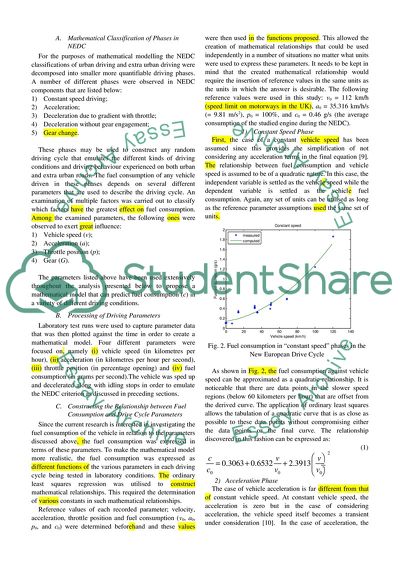Cite this document
(Drive Cycle Optimisation for Pollution Reduction Coursework Example | Topics and Well Written Essays - 2000 words, n.d.)
Drive Cycle Optimisation for Pollution Reduction Coursework Example | Topics and Well Written Essays - 2000 words. https://studentshare.org/engineering-and-construction/1837062-conference-paper
Drive Cycle Optimisation for Pollution Reduction Coursework Example | Topics and Well Written Essays - 2000 words. https://studentshare.org/engineering-and-construction/1837062-conference-paper
(Drive Cycle Optimisation for Pollution Reduction Coursework Example | Topics and Well Written Essays - 2000 Words)
Drive Cycle Optimisation for Pollution Reduction Coursework Example | Topics and Well Written Essays - 2000 Words. https://studentshare.org/engineering-and-construction/1837062-conference-paper.
Drive Cycle Optimisation for Pollution Reduction Coursework Example | Topics and Well Written Essays - 2000 Words. https://studentshare.org/engineering-and-construction/1837062-conference-paper.
“Drive Cycle Optimisation for Pollution Reduction Coursework Example | Topics and Well Written Essays - 2000 Words”. https://studentshare.org/engineering-and-construction/1837062-conference-paper.


